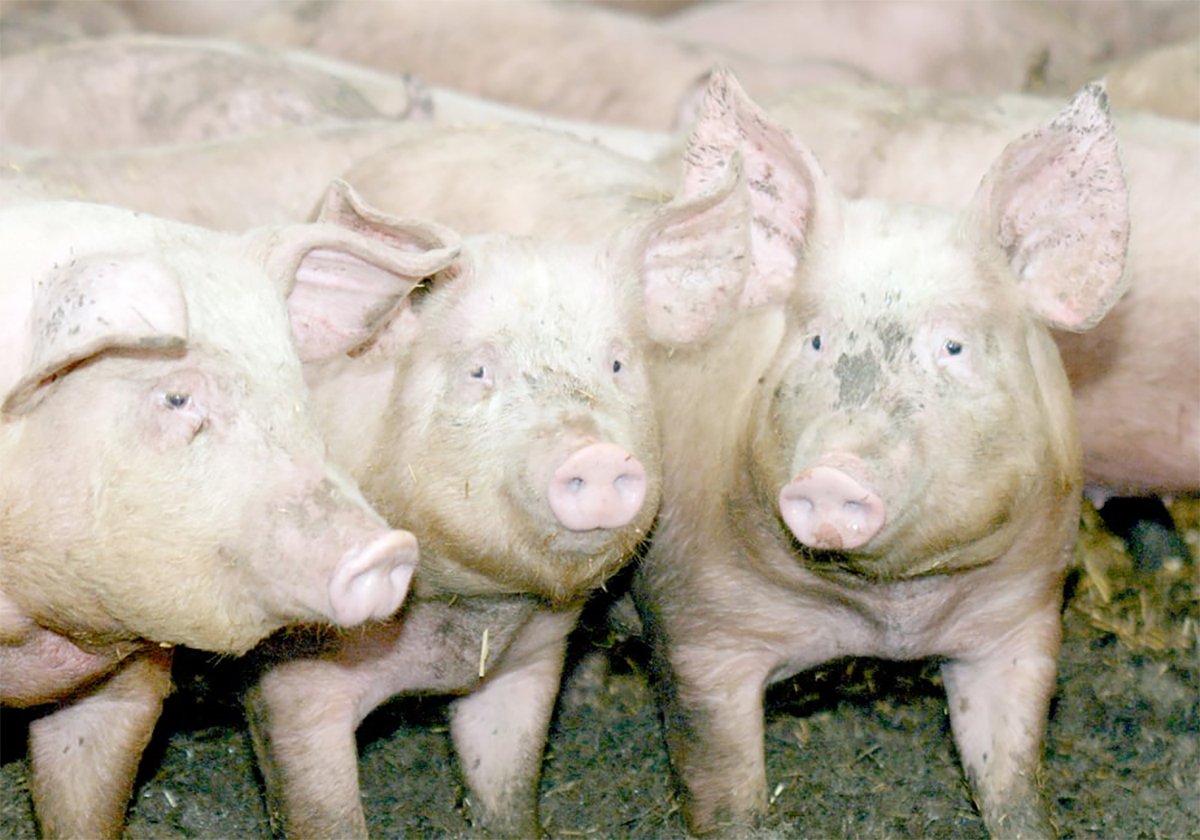DIDSBURY, Alta. – Treating manure as a resource rather than a problem is one change presented in Alberta’s revised code of practice.
Controversy and complaints about the province’s growing livestock industry spurred industry and government officials to reexamine the code of practice for the safe handling of manure. Critics said the code isn’t tough enough and doesn’t provide for massive hog farms or cattle feedlots that hold more than 25,000 head.
“Five years ago 200 sows were a lot of sows in one site. Today, that is a small operation,” said Barry Mehr, assistant deputy minister of production and marketing with Alberta Agriculture.
Read Also

The Western Producer Livestock Report – October 2, 2025
Western Producer Livestock Report for October 2, 2025. See U.S. & Canadian hog prices, Canadian bison & lamb market data and sale insight.
The code was revised to accommodate large operations as well as smaller farms. However, it does not apply to acreages where a few animals are kept, said Alberta Agriculture engineer Darcy Fitzgerald.
This newest draft, released in April, tries to account for social, environmental and economic impacts of an operation, said Fitzgerald.
It places more emphasis on the value of manure as a soil amendment rather than a waste product. It remains a somewhat open-ended and voluntary document although many municipalities will incorporate it as regulations in their land-use bylaws, he said.
The writers of the code don’t expect it to be a precise document like a building or electrical code that requires exact standards and inspections.
This does not preclude inspections of property to make sure the farm meets the criteria of the building permit, said Fitzgerald.
It has not been determined if municipalities, the province or an outside body must enforce the rules.
Some sections are the same as the 1995 code.
Alternate livestock
This draft covers traditional operations but there have been requests for recommendations on handling manure from alternative livestock such as llamas and ostriches.
Calculations explaining how far away to build an operation from the neighbors, or minimum distance separation, remain the same.
A new area of the code talks about handling phosphorus and how much is allowed in the soil in addition to nitrogen applications.
“You may not be over-exceeding your nitrogen levels, your problem is that you may be building up the phosphorus level. We’ve said you can continue but you have to keep track of what you are doing through your records,” said Fitzgerald.
Upper limits have been set and crops have to be able to absorb all those nutrients. Soil tests will be necessary.
The code provides more extensive information on manure storage and how to control odors, flies or prevent possible leakage.
“A big operation may have fewer nuisance complaints than a smaller operation. They may have the money to do more things to alleviate odors,” said Fitzgerald.
There is also provision for exemptions like spreading manure on grasslands or frozen ground. If there isn’t a water quality problem or nutrient overload, producers may be allowed to spread manure in those conditions. However, they can’t apply manure on frozen ground in an area where runoff could enter a water course or nearby subdivisions.
This code also includes a new section on cow/calf operations by specifically addressing the management of seasonal feeding sites.
The number one issue for this group is feeding on ice or near areas where manure could flush into water courses. The code suggests setting a vegetative buffer zone as wide as possible between feeding sites and waterways. It also recommends cattle be provided with off stream water to avoid watering directly through the ice.
The government plans to work with producer groups this fall to explain this new aspect of the code.
The province has had a code of practice since 1973 when a manual was written for confined livestock. Revisions were made in 1983 and 1995.

















